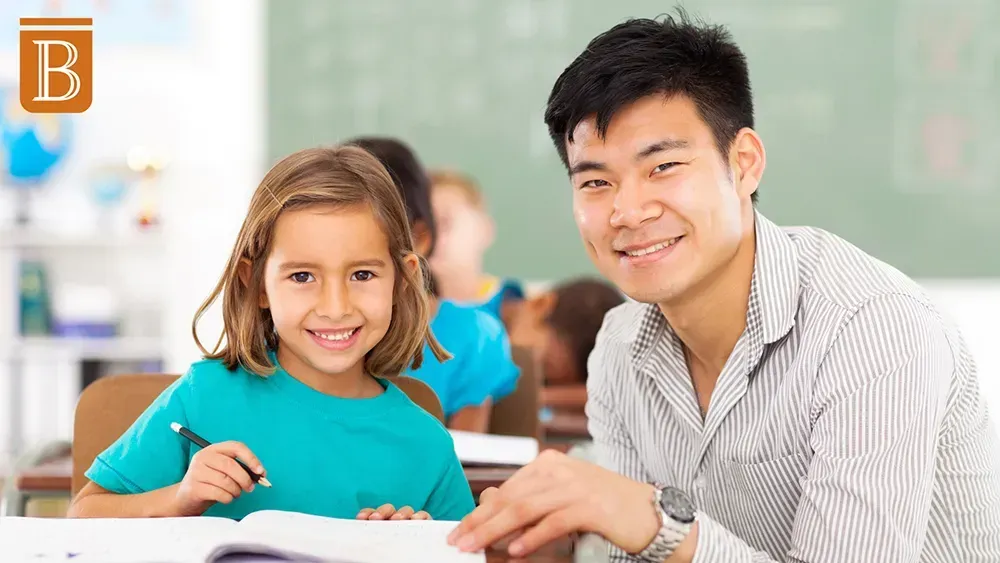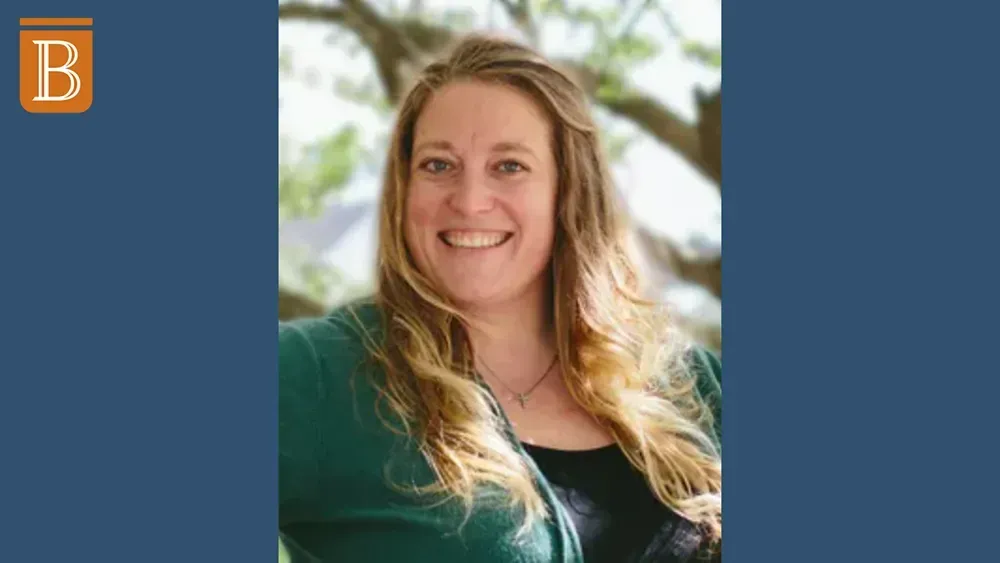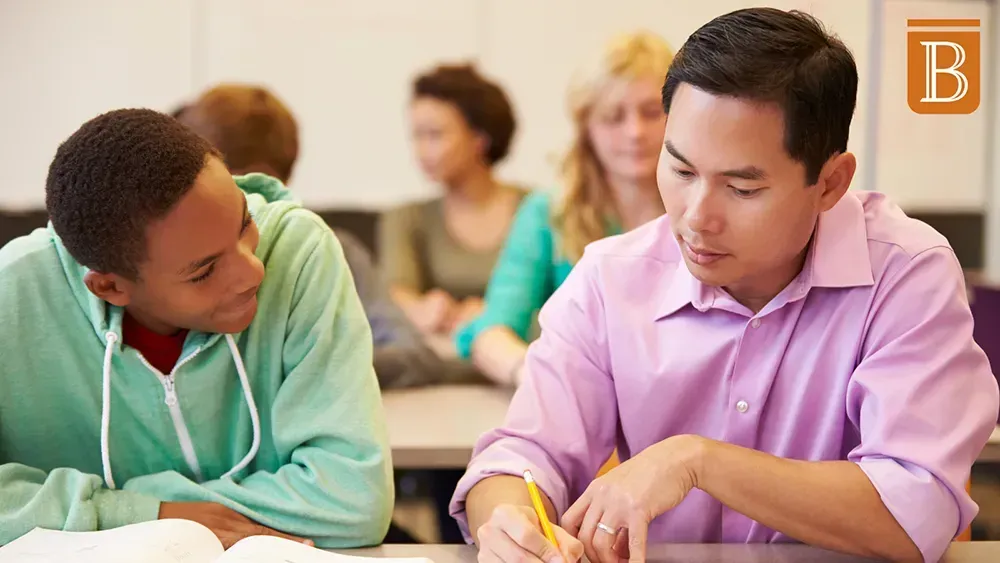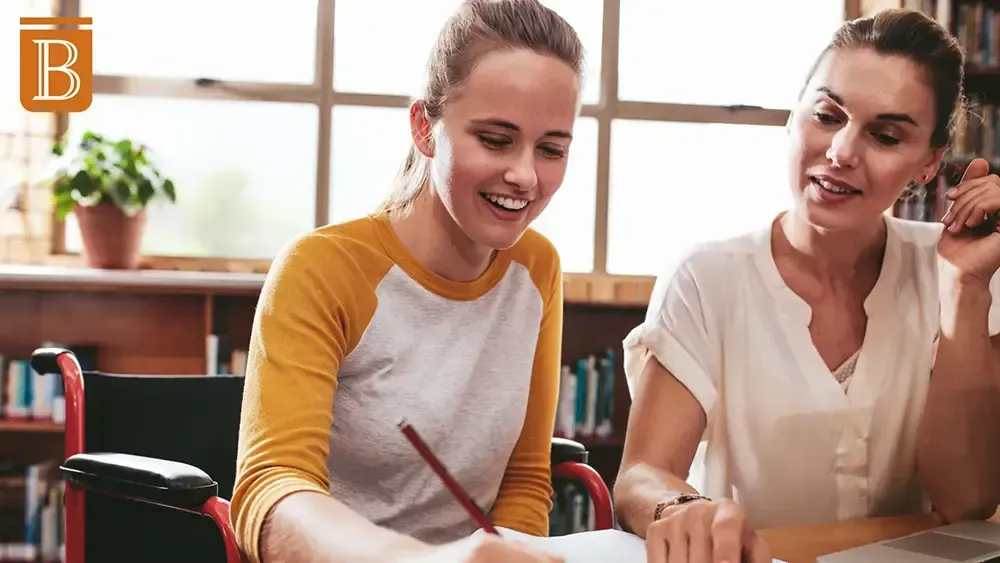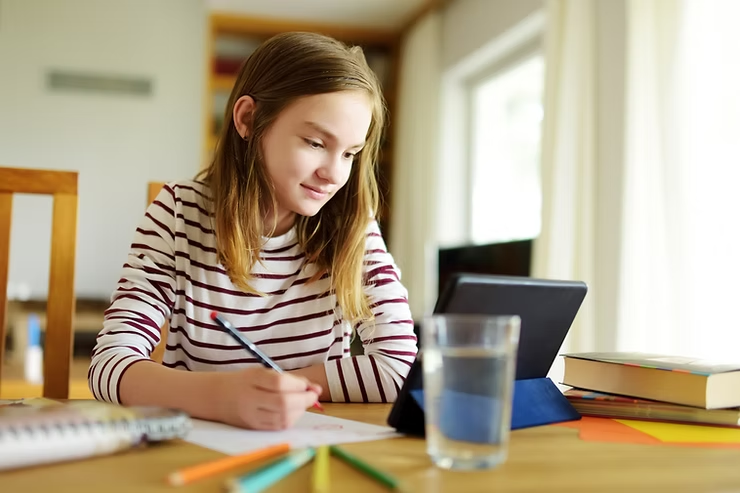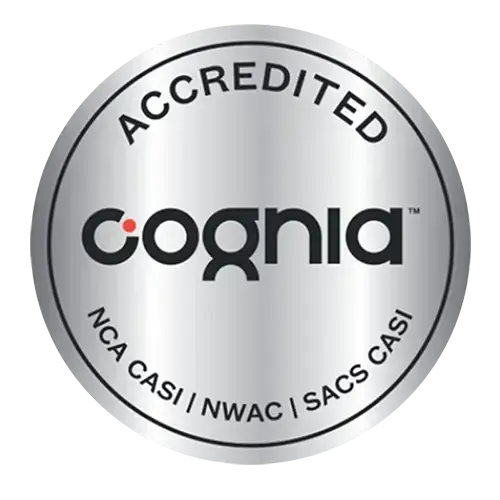2E Students: Who They Are & What They Need
2E Students: Who They Are & What They Need
Though the terms “twice exceptional” and “2E” are relatively new to the educational scene, all of us can probably think of a 2E student we encountered in our youth once we know what 2E means. Remember the kid who knew a ton about history and literature, but had a hard time relating to their classmates? Or how about the one who made amazing art projects, but couldn’t get their head around math, science, and other highly conceptual subjects? It’s possible both of these students were twice exceptional.
What is 2E? It’s when a child exemplifies incredible intelligence or talent, while also being diagnosed with a neurodevelopmental disorder, which may manifest either academically or socially. In other words, the student is exceptional in two areas—they deserve special attention when it comes to their extraordinary competencies and require special support when it comes to advancing in their studies and socialization.
In other words, there’s much to learn about and consider in serving 2E students well. The following offers further insight into who they are and what they need to cope and progress.
Who They Are
Psychology Today reports that about 17 percent of students enrolled in gifted and talented programs are 2E. The International Dyslexia Association says that as many as 2-5 percent of all school-age kids—if not more—fit the 2E profile.
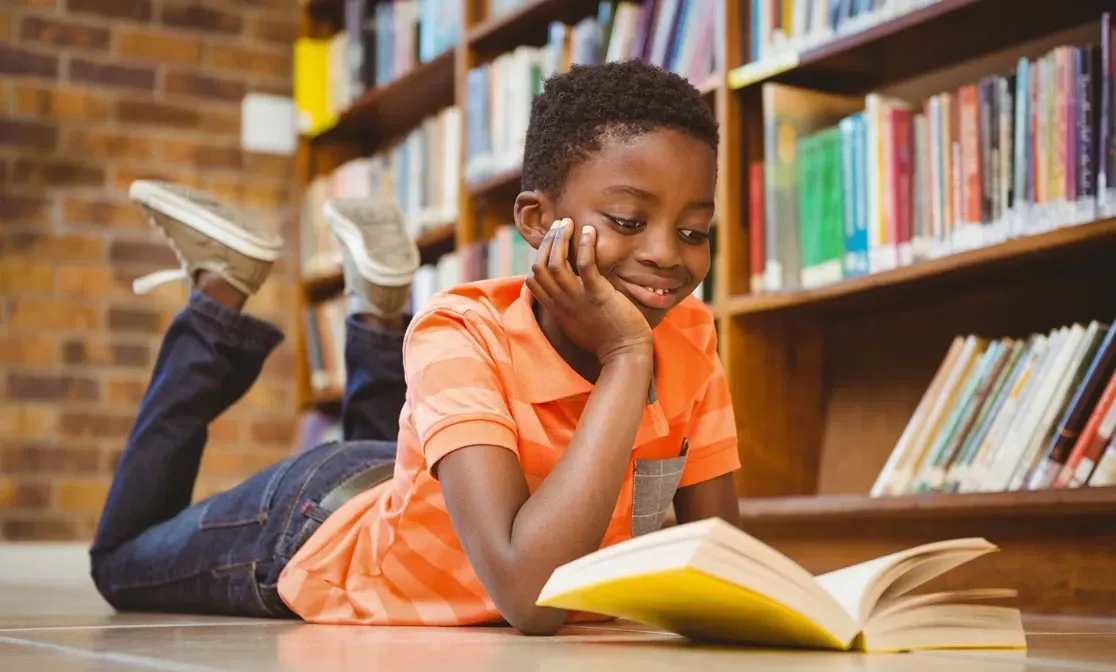
The exceptionality of giftedness may be demonstrated in countless ways. Though the list of such manifestations is endless, the U.S. has developed a system of categorization, which is made up of five main areas of giftedness:
- General Intellectual Ability - A student tests high in IQ and/or exhibits extraordinary cognitive abilities in problem-solving and other intellectual reasoning.
- Specific Academic Aptitude - A student demonstrates exceptional aptitude in one school subject, such as math or science, but shows fairly average marks in other coursework.
- Creative or Productive Thinking - A student is known for their inventiveness, connecting seemingly unrelated ideas to generate unique insights, solutions, etc.
- Leadership Ability - A student stands out for their charisma and/or emotional intelligence, which have a marked effect on their relationships with others and their ability to persuade, resolve conflict, maintain peace, etc.
- Visual and Performing Arts - A student either shows great artistic skill in drawing, sculpting, singing, dancing, etc., or possesses a sophisticated appreciation and understanding of art forms.
Giftedness is one aspect of the 2E life—learning or social concerns are the other. Though learning differences also run the gamut, the following are a few common diagnoses:
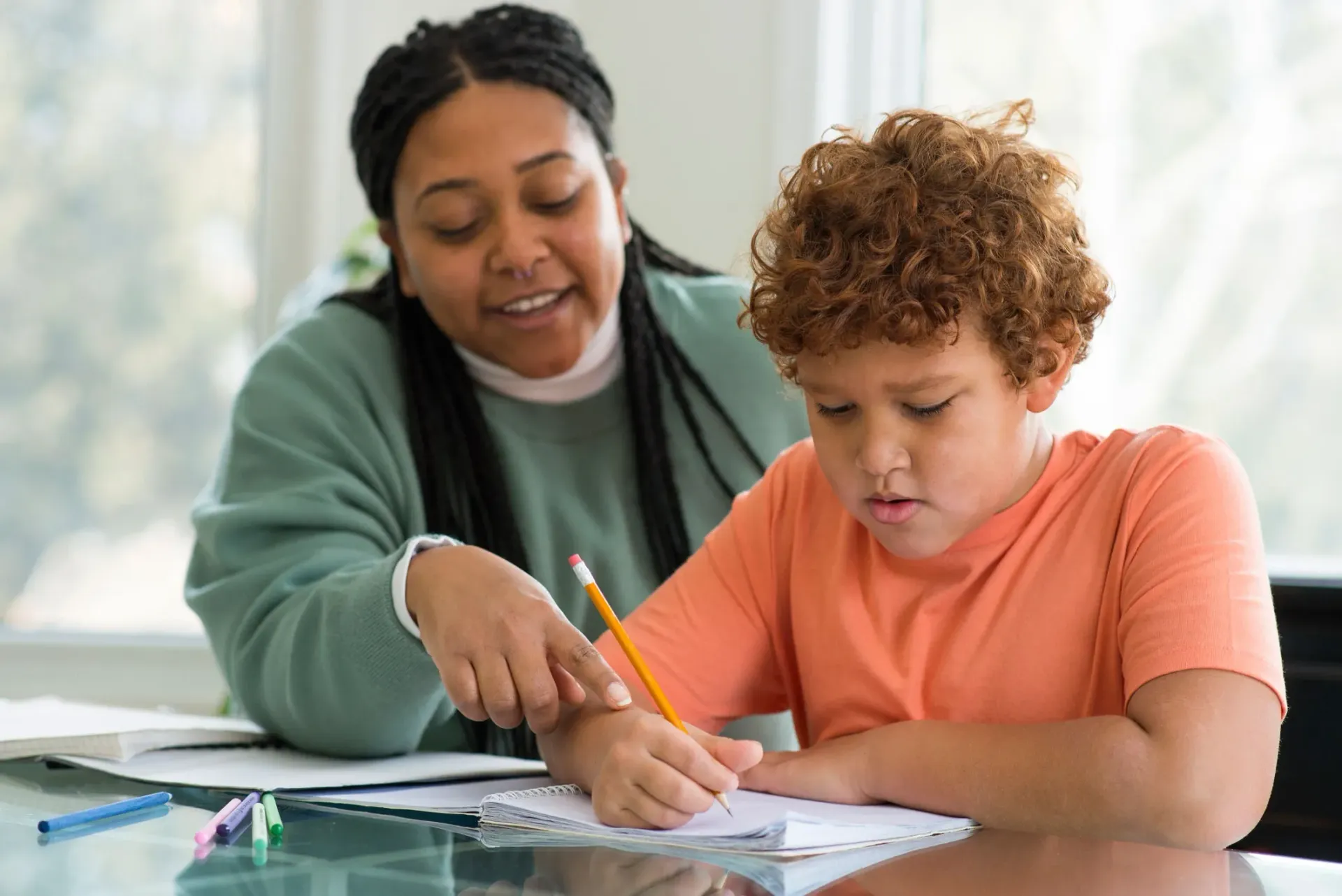
- Attention Deficit Hyperactivity Disorder (ADHD) - As its name implies, ADHD is characterized by inattentiveness, as well as the tendency to be restless and impulsive. Though all people exhibit these behaviors from time to time, they become commonplace among those with ADHD.
- Dyslexia - Dyslexia is one of the “Four Ds” (see the next bullet points for the other three) that affect specific areas of learning. Those with dyslexia find it difficult to process written and/or verbal language-related material.
- Dysgraphia - Those with dysgraphia are compromised in their ability to write. Thus, their written work might appear quite askew, even completely illegible.
- Dyscalculia - While dyslexia and dysgraphia affect students’ performance in Language Arts, dyscalculia is related to Mathematics. In addition to struggling with mathematical operations such as adding and multiplication, those with dyscalculia might have compromised abilities in counting and categorizing.
- Dyspraxia - Learning involves some physical abilities in addition to cognitive. For those with dyspraxia, their limitations in physical coordination affect their learning (e.g., trouble grasping a pencil properly and forming letters/symbols).
- Autism Spectrum Disorder (ASD) - As the name implies, people who are diagnosed with ASD may fall anywhere on the spectrum between very functional and not very functional at all. Autistic symptoms typically present relationally, be it in social situations or when any outside stimulus triggers unusual behaviors, such as stimming (atypical hand movements, eye fluttering, spinning, etc.). In other words, those with ASD experience disconnection between their interior and exterior world.
What They Need
More often than not, there’s a great imbalance when it comes to meeting the needs of 2E students. Their teachers and caregivers tend to focus on their giftedness over their learning/social issues, or vice versa. What such students actually need is a solution that takes their whole stories into account—a solution that nurtures their giftedness and helps them overcome their learning differences.
Most traditional schools rarely recognize the need for 2E students to experience both special academic challenges and support—it’s either/or in those environments. Such schools do not have the human capital and other educational resources to provide a uniquely tailored curriculum for every student. In short, it’s impossible to serve 2E students well.
But 2E students enjoy endless possibilities when they attend Brightmont Academy, otherwise known as “the one-to-one school.” Brightmont’s mission is all about customization for each and every student according to their specific needs. Rigorous coursework across all subject areas, along with a wide range of electives and advanced placement courses, offers challenging and dynamic learning experiences. At the same time, Brightmont’s one-to-one teaching model means learning differences are addressed with great compassion and strategy.
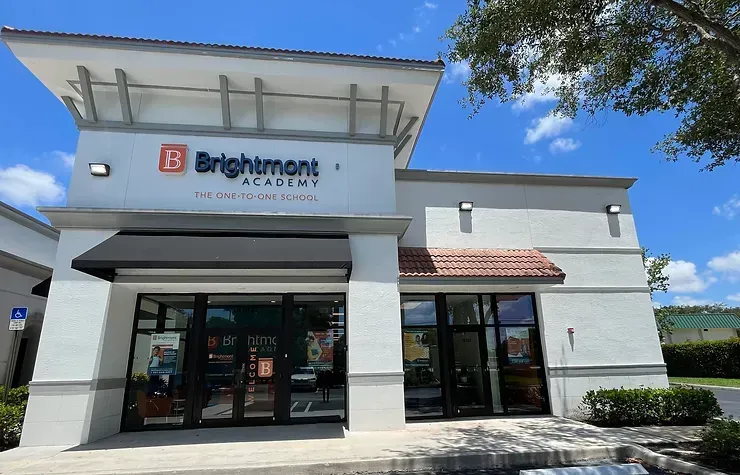
All together, this equates to a place where 2E students feel they really belong and can succeed. At Brightmont, they are considered both exceptional and extraordinary—unquestionably capable of contributing to the world in unique and meaningful ways. It’s through the unique strengths and needs of 2E students that Brightmont has the privilege to make a difference, too.
Sources:
- https://www.usnews.com/education/k12/articles/how-to-support-your-twice-exceptional-child
- https://www.psychologytoday.com/us/blog/much-more-common-core/202007/equity-twice-exceptional-students
- https://dyslexiaida.org/gifted-and-dyslexic-identifying-and-instructing-the-twice-exceptional-student-fact-sheet/
- https://www.yourtherapysource.com/blog1/2023/08/23/types-of-giftedness-2/
- https://childmind.org/article/twice-exceptional-kids-both-gifted-and-challenged/#:~:text=What%20are%20twice%20exceptional%2C%20or,ADHD%2C%20dyslexia%2C%20or%20autism.
- https://www.nimh.nih.gov/health/topics/attention-deficit-hyperactivity-disorder-adhd
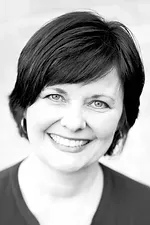
Barbara Farland is an English & Social Studies instructor at Brightmont Academy in Plymouth, Minn. She holds a master’s degree in Business Communication from the University of St. Thomas and, prior to pursuing a second career in education, worked as an award-winning public relations and communications professional in both the corporate and nonprofit sectors. As a “storyteller by nature and teacher at heart,” Barbara continues to contribute to various anthologies, among other writing projects.
More Blog Posts + News
